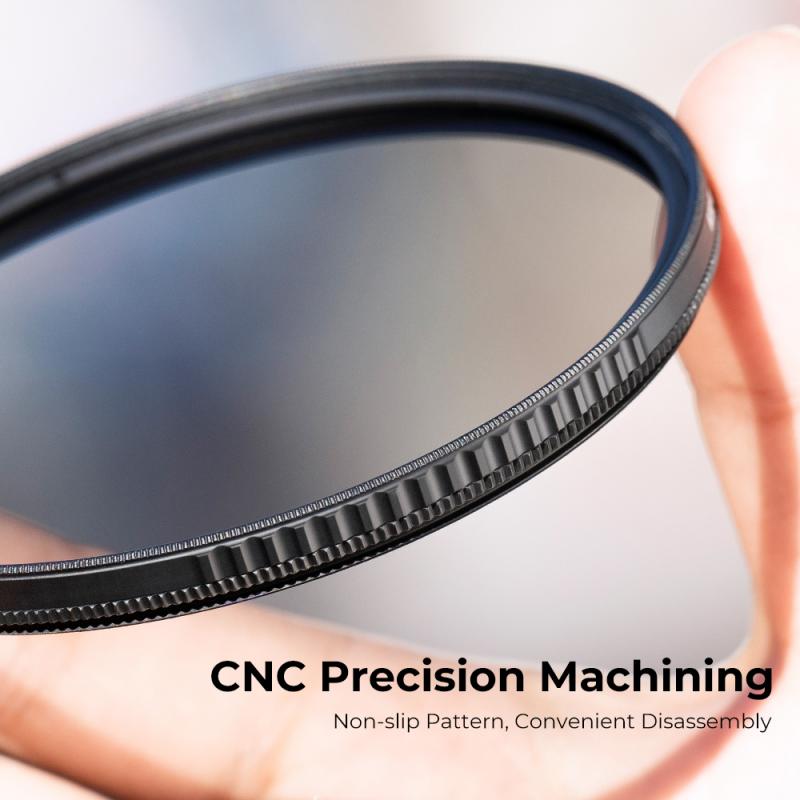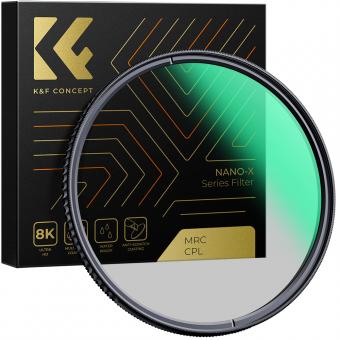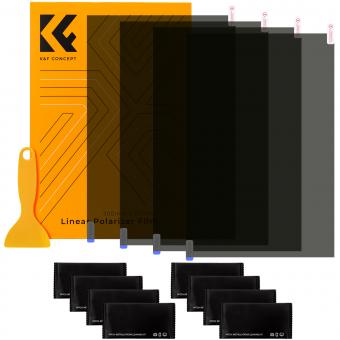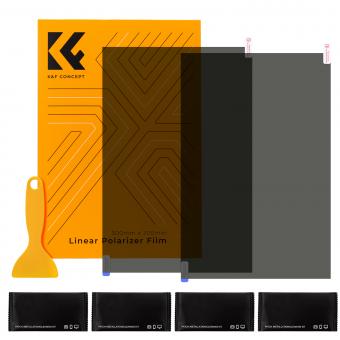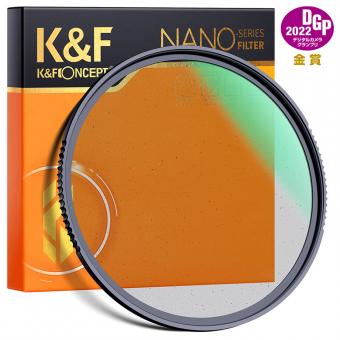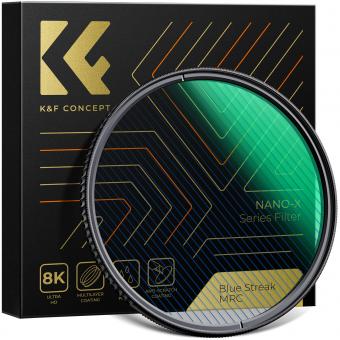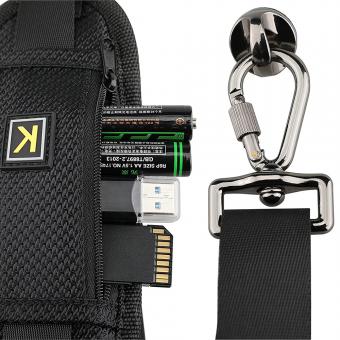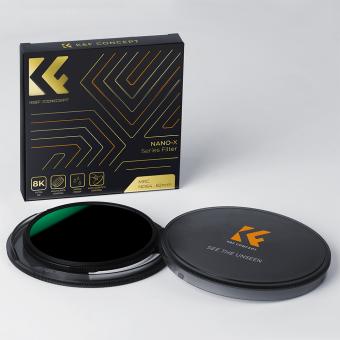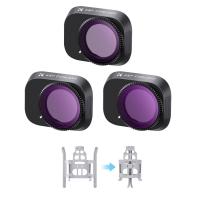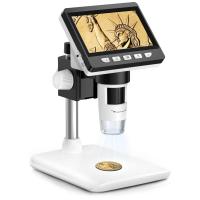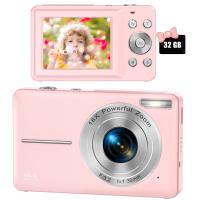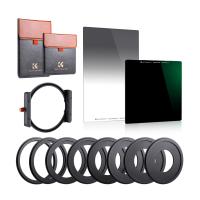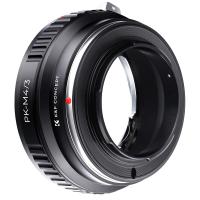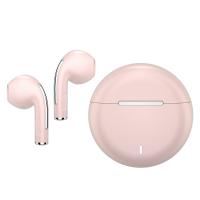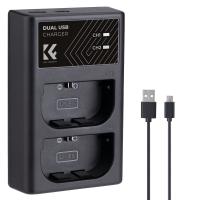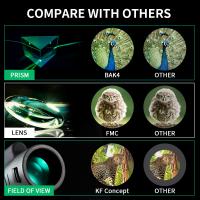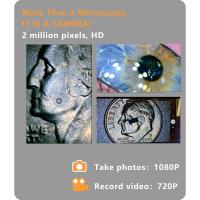How Much Is Polarizing Filter ?
The price of a polarizing filter can vary depending on the brand, size, and quality. On average, a basic polarizing filter can range from $20 to $50, while higher-end filters can cost upwards of $100 or more.
1、 Types of Polarizing Filters: Linear vs. Circular
The price of a polarizing filter can vary depending on the brand, quality, and size. On average, a polarizing filter can range from $20 to $100 or more. However, it is important to note that the price should not be the sole determining factor when choosing a polarizing filter. The quality and effectiveness of the filter should be the primary consideration.
When it comes to types of polarizing filters, there are two main categories: linear and circular. Linear polarizing filters were traditionally used in photography, but they can cause issues with modern autofocus and metering systems found in digital cameras. Circular polarizing filters, on the other hand, are designed specifically for use with digital cameras and are more commonly used today.
Circular polarizing filters have an additional layer that helps to maintain the functionality of autofocus and metering systems. They are also more versatile as they can be easily rotated to adjust the amount of polarization desired. This allows photographers to have more control over the effect of the filter on their images.
In recent years, there has been a shift towards circular polarizing filters due to their compatibility with modern camera systems. Linear polarizing filters are still available and can be used with older cameras or specific applications where autofocus and metering systems are not a concern.
In conclusion, the price of a polarizing filter can vary, but it is important to consider the quality and effectiveness of the filter rather than solely focusing on the price. Circular polarizing filters are more commonly used today due to their compatibility with modern camera systems, while linear polarizing filters are still available for specific applications.
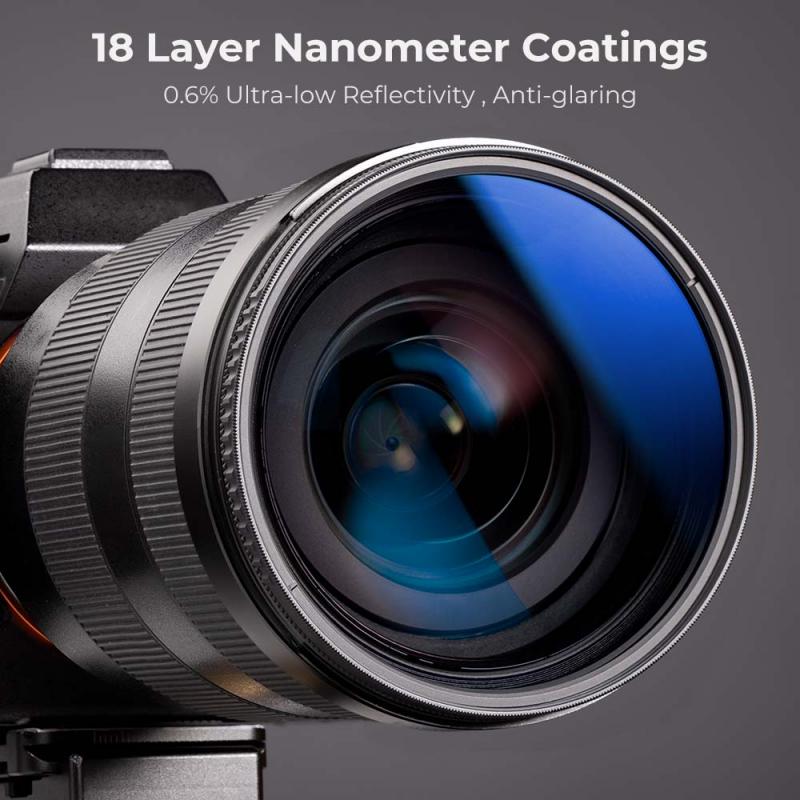
2、 Optical Properties of Polarizing Filters
The cost of a polarizing filter can vary depending on the brand, size, and quality. On average, a polarizing filter can range from $20 to $100. However, high-end filters from renowned brands can cost upwards of $200 or more.
Polarizing filters are essential tools for photographers and videographers as they help reduce glare and reflections, enhance color saturation, and improve overall image quality. They are commonly used in landscape, architectural, and outdoor photography to capture vibrant and detailed images.
When it comes to purchasing a polarizing filter, it is important to consider the optical properties and quality of the filter. Cheaper filters may not provide the same level of performance and durability as higher-end options. They may introduce color casts, reduce image sharpness, or even cause vignetting.
It is recommended to invest in a high-quality polarizing filter from reputable brands such as B+W, Hoya, or Tiffen. These filters are known for their excellent optical properties, durability, and resistance to scratches and water. They also offer better light transmission, ensuring minimal loss of image quality.
In recent years, there has been a rise in the popularity of circular polarizing filters, which are designed to work with autofocus and metering systems in modern cameras. These filters are slightly more expensive than linear polarizing filters but offer greater convenience and compatibility.
Overall, the cost of a polarizing filter can vary depending on the specific requirements and preferences of the photographer. It is advisable to research and compare different options to find the best balance between price and quality.
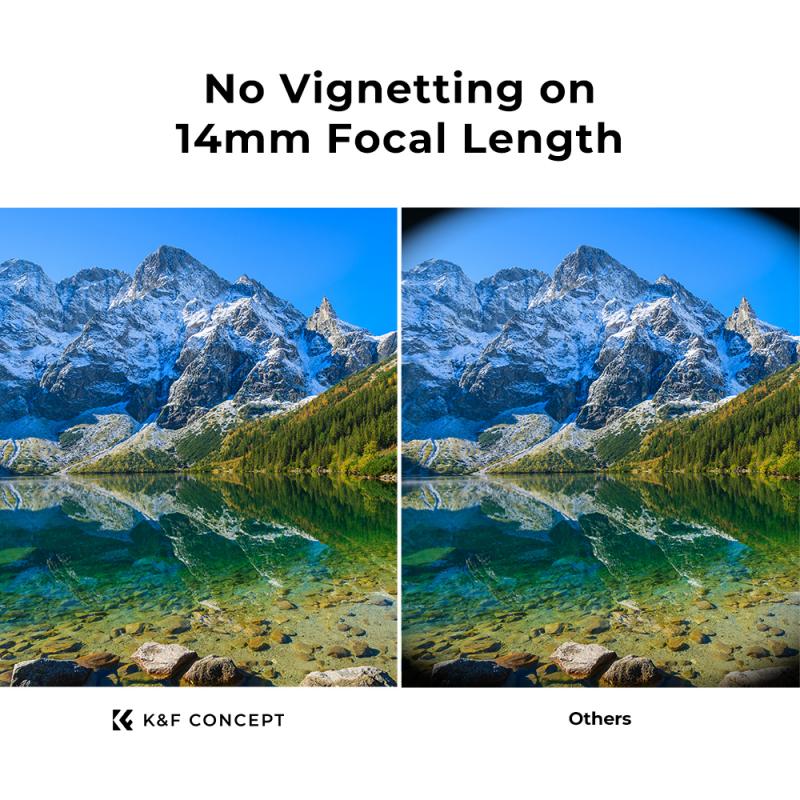
3、 Applications of Polarizing Filters in Photography
The price of a polarizing filter can vary depending on the brand, size, and quality. On average, a polarizing filter can range from $20 to $100. However, it is important to note that higher-end filters may cost more due to their superior optical quality and durability.
Now, let's discuss the applications of polarizing filters in photography. Polarizing filters are a valuable tool for photographers as they help to enhance the quality of their images by reducing glare and reflections. Here are some key applications:
1. Minimizing reflections: Polarizing filters are commonly used to reduce reflections from non-metallic surfaces such as water, glass, and foliage. By rotating the filter, photographers can selectively eliminate or enhance reflections, resulting in clearer and more vibrant images.
2. Enhancing color saturation: Polarizing filters can intensify colors, particularly in landscapes and outdoor scenes. They help to reduce atmospheric haze and increase the contrast between the sky and clouds, resulting in more vivid and dramatic images.
3. Darkening the sky: By using a polarizing filter, photographers can darken the sky, making it appear more saturated and contrasting against the subject. This effect is particularly useful in landscape photography, where a deep blue sky can add depth and drama to the composition.
4. Controlling glare: Polarizing filters are effective in reducing glare from shiny surfaces such as water or glass. This is especially useful when photographing subjects like waterfalls, lakes, or windows, where unwanted reflections can hinder the clarity of the image.
In conclusion, polarizing filters are a valuable accessory for photographers, offering a range of applications to enhance the quality and impact of their images. While the price of a polarizing filter may vary, investing in a high-quality filter can significantly improve the overall results of your photography.
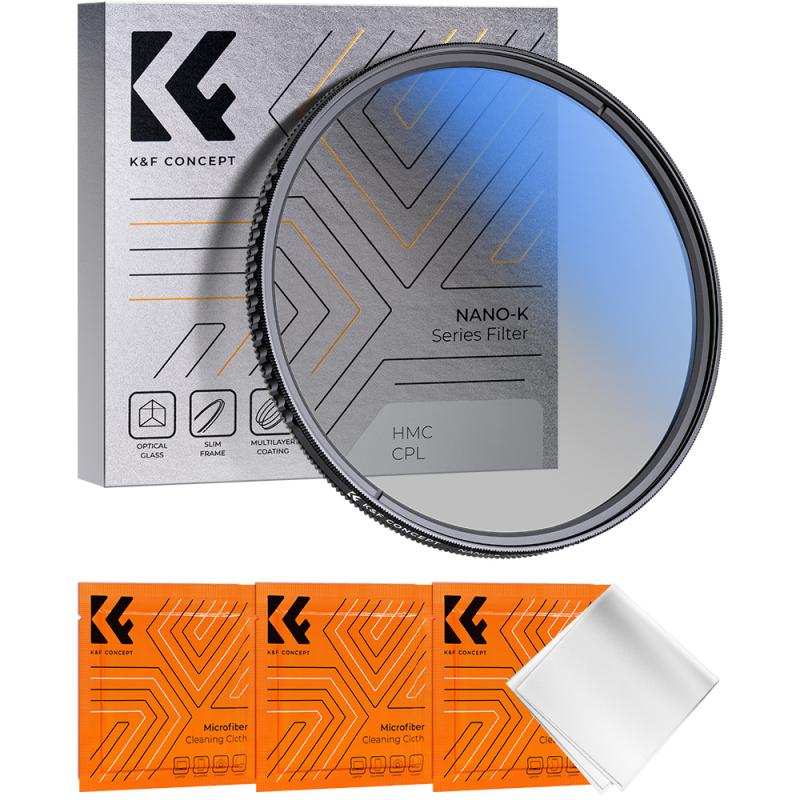
4、 Factors Affecting the Effectiveness of Polarizing Filters
The price of a polarizing filter can vary depending on the brand, quality, and size. On average, a polarizing filter can range from $20 to $100 or more. However, it is important to note that the effectiveness of a polarizing filter is not solely determined by its price.
There are several factors that can affect the effectiveness of polarizing filters. One of the key factors is the angle at which the filter is positioned in relation to the light source and the subject being photographed. To achieve the desired effect, the filter should be rotated to the correct angle, which is usually indicated by a mark on the filter itself. This allows the filter to block out unwanted reflections and glare, resulting in enhanced color saturation and contrast.
Another factor that affects the effectiveness of polarizing filters is the quality of the filter itself. Higher quality filters are typically made with better materials and coatings, which can result in better light transmission and reduced distortion. Cheaper filters may not provide the same level of effectiveness and may introduce unwanted artifacts or color shifts.
Additionally, the type of light and the environment in which the filter is used can also impact its effectiveness. Polarizing filters work best in outdoor settings where there is a lot of reflected light, such as when photographing landscapes or bodies of water. In these situations, the filter can help to reduce glare from the sky or water surface, resulting in clearer and more vibrant images.
In conclusion, while the price of a polarizing filter can give an indication of its quality, it is not the sole determinant of its effectiveness. Factors such as the angle of the filter, the quality of the materials, and the lighting conditions all play a role in determining how well a polarizing filter performs. It is important to consider these factors when choosing a polarizing filter to ensure optimal results in your photography.
